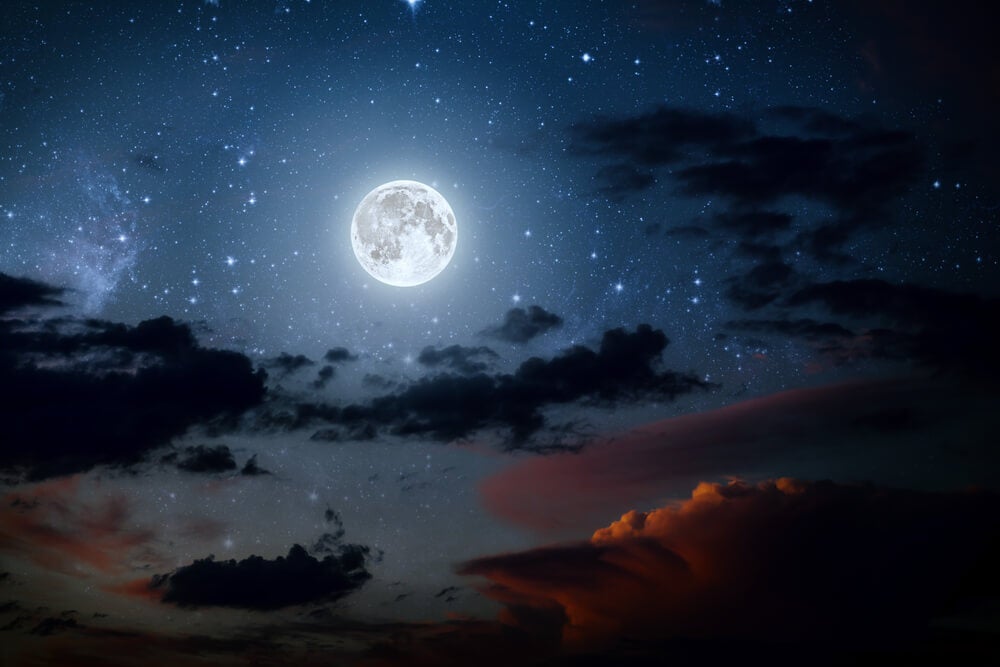Since the most remote times, some say that the moon influences human emotions, in classical antiquity and the Middle Ages this topic was frequently mentioned, currently the American researcher Mark Filippi has addressed the issue from the point of view of neuroscience.
Based on studies by other researchers, such as Irving Dardik, Joel Robertson and David Goodman, Mark Filippi stated that there is a clear relationship between lunar cycles and people’s mood.
- “For those sentenced to death and those sentenced to life imprisonment.
- There is no better stimulant than the moon in precise and controlled doses.
- “- Jaime Sabines-.
Based on a method he called “somatic”, Mark Filippi made interesting inferences, claiming that the production of neurotransmitters in the brain is affected by the phases of the moon, so each of them exacerbates the generation of these substances and therefore transforms the mood.
This New York researcher states that there is a correspondence between internal biological cycles and external physical cycles. In his own words: “Every Thursday is not the same, even if we do the same things. “It refers to what happens in the physical universe influences the human body, both emotions and behavior. Here’s what Mark Filippi sees between the moon and the feelings.
The first phase of the moon is one in which this satellite is not visible in the sky. It is a phase that lasts about a week and gradually appears this star. It’s starting to grow. That’s why it’s called “growing up, ” and?Room, because it’s the first phase of four existing ones.
According to Mark Filippi, during this phase people increase their level of sensitivity, they also become more receptive to others and seek company more diligently, there is a lot of energy, but little concentration, it is a moment of inspiration, but it is not suitable. for a very detailed job.
Filippi points out that all these changes are due to the increased production of Acetylcholine in this lunar phase, a neurotransmitter linked to memory, pain perception, learning and REM sleep, other neurotransmitters are a little more inhibited.
Gradually, the moon becomes more compact in the sky. “Does it fill up?” we could say. In this way, we reach the full moon, at which point the satellite is full in the sky and, in general, brighter than usual.
Mark Filippi says that during this phase Serotonin takes control, this results in greater vitality, creativity and concentration, it is also a very opportune time to introspect and find answers to internal questions, there is a greater sense of fullness and satisfaction, but also a greater tendency to fantasize.
Once the satellite has completed the full moon phase, a reverse process begins: instead of growing, it begins to decrease. Day after day, it’s smaller. This is the phase known as the “declining quarter”.
Mark Filippi says that the fourth decrease is the time of dopamine, a neurotransmitter associated with pleasure and pleasure. This is, therefore, the best step to carry out social activities, because the prevalence of dopamine makes us more empathetic and tolerant, there is a better understanding of others.
The last phase is known as the “new moon”. Understand the gap between when the moon splits in half, until it disappears into the sky. According to Mark Filippi, this is the most difficult phase of each month.
The neurotransmitter that is exacerbated is norepinephrine. It gives us a more defensive attitude towards the world, we are more sensitive to fear than at other times and also more irritable, in the same way it is a phase of greater nervousness and vulnerability, it is common to make decisions at this stage because there is a will to solve things.
Although Mark Filippi’s theory has been widely used and, indeed, shared by other professionals, it cannot yet be considered a fully validated thesis. Its postulates are based on careful empirical observation, but several aspects of this relationship between lunar cycles and neurotransmitters remain to be resolved. be explained.

